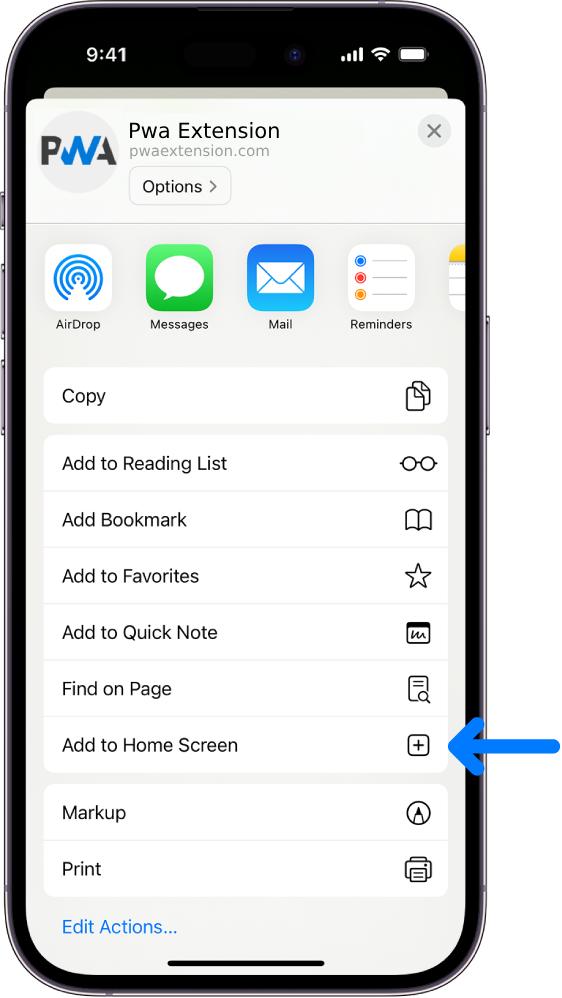The Paperwork
The EU is a wonderful thing. It allows EU citizens to travel throughout the ‘United States of Europe’ without ever having to obtain a visa or show a passport. Russia is different! They have an extensive system of monitoring of people’s movements into, out of and around the country.
You need a visa to get in but in order to get one you need an ‘invitation’ from someone in Russia. Nowadays the invitations are easily obtained by paying a fee to an agency. This is what we did with Real Russia. They then process the visa application, again for a fee, and return the passports with visas inside.
But visas are restrictive in that the ordinary tourist visa is limited to 30 days. I had calculated that to do the trip we wanted – all the way to Yekaterinburg just over the Urals – we would need every one of those days with no time to spare. Just one breakdown or bureaucratic hold-up and we would be done for. The worst thing, we kept being told, was to overstay your visa, for then the full force of Russian immigration controls comes down on your head. Another common tip was to expect everything to take longer in Russia than you would normally expect in western Europe – roads are slower, the bureaucracy slower and more complex, queues to get into tourist attractions are longer, it takes longer to understand what signs are saying, etc., etc.
One solution would be a business visa that provides entry for three months – but for that you need a business invitation or proof that you are on an employer’s business. We tried to get two motorhome journals to commission a free tour report from us so that we could justify a ‘business’ application without risk of being tripped up again by the bureaucrats but both refused (thanks for nothing Camping and Caravanning magazine and Caravan Club magazine, subscriptions not renewed). While some say the risk of being caught out is small it had to be added to the risk of having a breakdown just out of reach of the RAC cover, beyond the Urals. This made us opt for the simpler solution – a 30-day tourist visa and a shorter trip, not going to Yekaterinburg or seeing the Urals. A disappointment at the time but in retrospect probably the sensible solution.
This decided, we paid for the visa and also for its registration. Oh, didn’t I mention that? When you get to Russia you have to register your visa with your place of accommodation (hotel, friends, or business) within three days of arrival. What is more, if you move around and stay anywhere else for more than three working days then you have to reregister in your new location! Once again, Real Russia came to the rescue – another fee was paid and we were able to get the visas registered at their St Petersburg office soon after our arrival. Now as we were planning to move around a lot and not stay anywhere else for more than three nights we wondered about the three-day rule. It turns out that there is this loophole in the system – as nobody ever tours Russia in a motorhome they haven’t yet worked out how to keep tabs on those few who do. There are pros as well cons of being the pioneers! When we finally left Russia three weeks after arriving the emigration officer examined our passports and registration slip and was puzzled why we had registered in Pete (St Petersburg) yet were exiting to Crimea from Kavkaz in southeast Russia. Jill had cleverly pre-empted the questions by drawing up a complete schedule of where we had been and where we stayed in the interim – with nowheshowing more than three nights. He seemed most impressed with our efficiency and foresight!
There are two more pieces of paperwork for the motorhomer (or anyone else taking a vehicle in). The first is that you need a temporary import certificate for the vehicle. Prior research had indicated that these certificates (another fee, paid at the border) were only valid for ten days and that you had to extend it at another office in Pete or Moscow before the ten days were up. However, a special plea to the customs officer at the Finnish–Russian border got us a certificate valid for two months!
The final piece of the jigsaw was insurance. British motor insurers do not yet provide green card cover for Russia or Ukraine (or Belorussia or Moldova) and third party cover is a compulsory requirement, so you have to buy that at the borders too (15 days minimum). We had to wait half an hour for the salesperson to attend to us at the booth but it was asimple enough process costing around £40 (once we had scouted around for a money changer – it is a myth that you can pay for virtually anything in dollars in Russia!). However, we were keenly aware throughout the non-EU countries that we had only bought third party cover. Any damage to the van and we would have to pay our own costs. If comprehensive cover is available we never found out how to get it – and fortunately never needed it. (Interestingly, in buying the insurance we were not asked what type of vehicle it was, only the engine power in kW, so a motorhome pays the same rate as a big-engine saloon car.)
Just one further point on paperwork. We had been warned many times to have plenty of it and to take photocopies too so we set up a ring binder with clear plastic envelopes in it and into this went all the documents we would need along with several that might have been needed, e.g. copies of marriage certificate, birth certificates, inoculation certificates, etc. This really paid off the investment of time beforehand – and was much admired by others queuing up with us at customs and immigration counters as they shuffled through their bundles of loose papers! One thing though – we never got away with handing over photocopies of documents, even very convincing colour copies. The originals were always demanded. The photocopies would have been useful, however, at British embassies in an emergency.
By the way, we also registered our trip to Russia with the British embassy in Moscow through the FCO website so they had basic information on file if ever we needed help.

 (share) button at the bottom of your screen,
(share) button at the bottom of your screen, ( Add to Home screen ).
( Add to Home screen ).